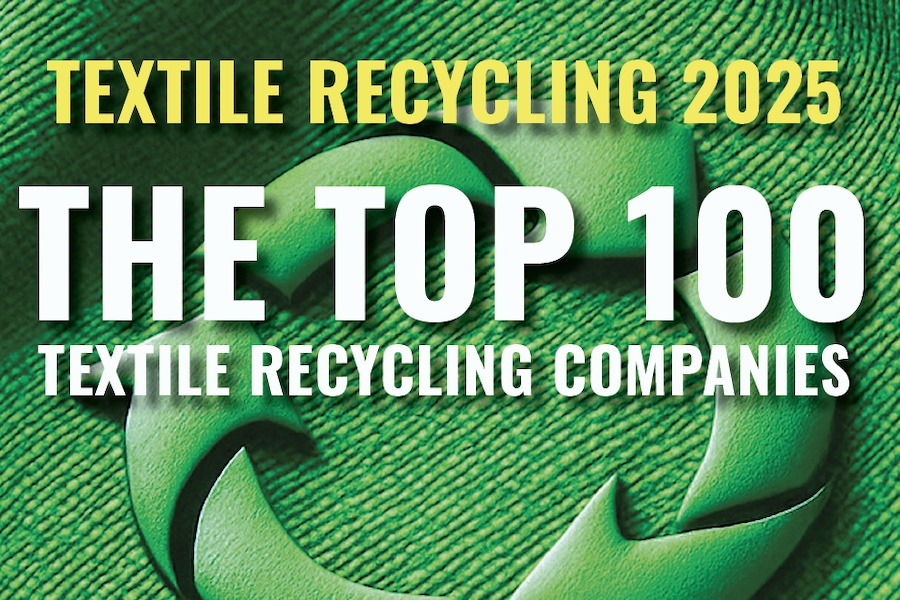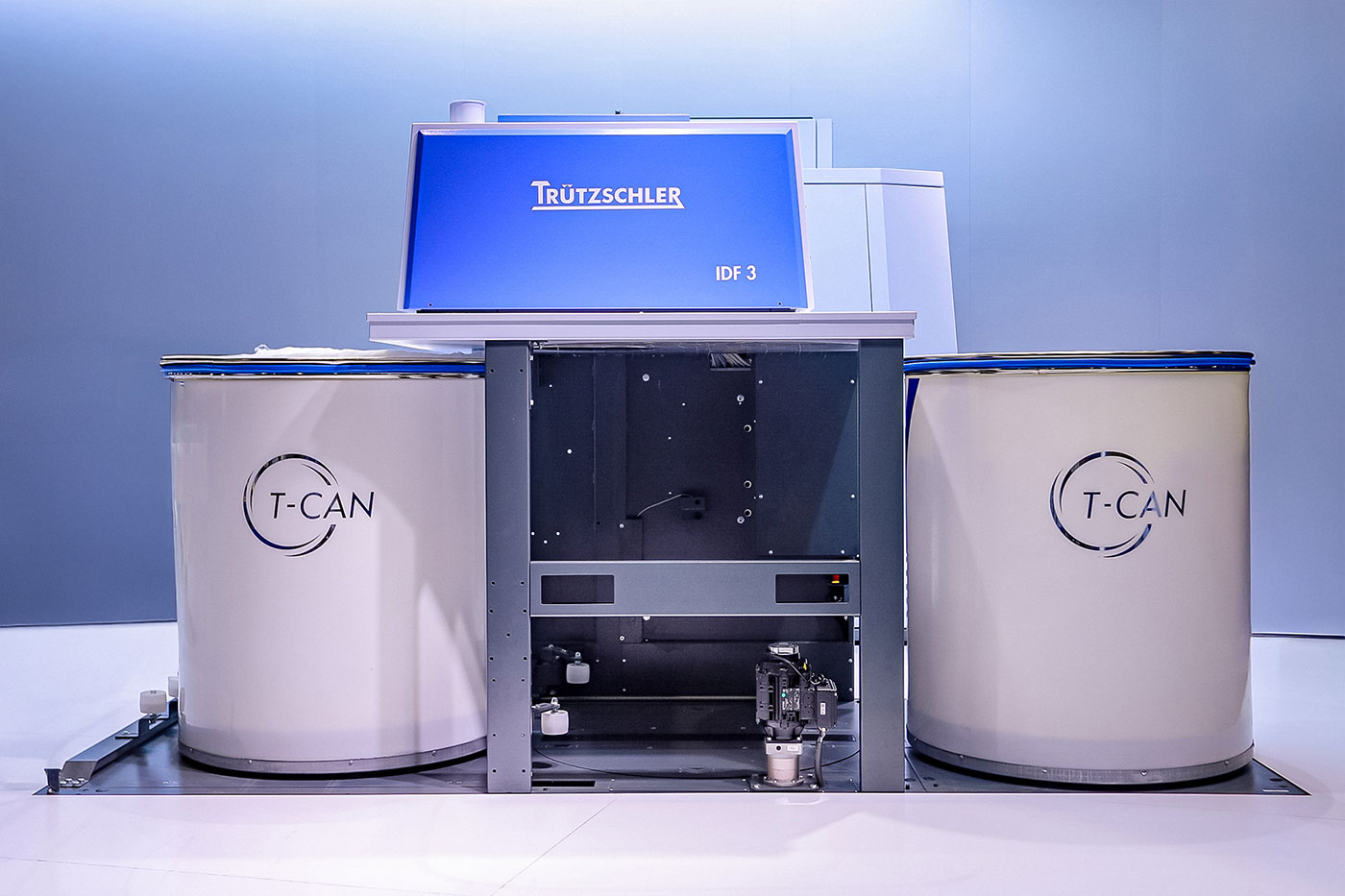#Sustainability
The Sustainable Apparel Coalition launches decarbonization program to drive SBT adoption and reduction in emissions across the fashion industry

In an effort to tackle this issue, the Sustainable Apparel Coalition (SAC) has launched a new Decarbonization Program which will support and drive the sector to work towards this ambitious, urgent, and necessary emissions reduction. The program will focus on collaboration, member support and delivering tools and guidance to make achieving these targets possible.
Taking a collaborative approach, the program will drive action across the SAC’s membership – which represents about half of the apparel and footwear industry – and the wider industry. By bringing together the full supply chain, from brands and retailers to manufacturers and factories, the SAC will identify the biggest opportunities for impact and help accelerate the large-scale change needed to drive emissions reduction across the industry at scale.
As part of the Decarbonization Program, SAC corporate members will be required to commit and set Science Based Targets (SBTs) from 2023. We believe every stakeholder in the value chain has a role to play in taking concrete action to reduce GHG emissions. From here, the SAC will support members to commit and set SBTs, followed by scaling high impact solutions needed to achieve them collectively. Through research* from World Resources Institute (WRI) and Apparel Impact Institute (AII) using data from the SAC’s Higg Index suite of tools and Textile Exchange, in consultation with the industry, six most impactful areas have been identified through which members can collectively drive change and create sustainable impact:
- Maximizing material efficiency: reducing the amount of fiber and materials that go to waste through design, material usage and manufacturing methodology
- Scaling sustainable materials and practices: increasing the use of more sustainable materials and practices
- Accelerating the development of innovative materials: increasing investment in next generation materials, including textile recycling and bio-based materials
- Proliferating energy efficiency: making energy efficiency a priority across all manufacturing facilities
- Eliminating coal in manufacturing: replacing coal with renewable energy in all manufacturing facilities
- Shifting to 100% renewable electricity: deploying renewable energy solutions
Work has already begun to support and engage with SAC members, with capacity building efforts for the scaling of collaborative solutions based on these six interventions. Recently announced a partnership with the UN Fashion Charter to lead the development of new guidance to help apparel and footwear companies more efficiently and consistently measure their purchased goods and services (PG&S) emissions.
The SAC has also carried out several best practice sharing webinars and peer to peer learning sessions, and will be issuing step-by-step SBT guidance in the upcoming months. The program will now continue to develop tracking and reporting of SBT adoption progress, tracking and reporting of GHG emissions reductions through scaling solutions such as promoting the adoption of renewable energy options, substituting coal and proliferating energy efficiency projects and so forth. SAC members will have the opportunity to input and influence the program’s strategic direction.
Joyce Tsoi, Director of Collective Action Programs at the SAC, said:
“Right now, the fashion industry is not on track to hit net zero by 2050. But change is happening. We need to be accelerating actions now, we are working alongside with our members collaboratively on committing and setting science based targets in line with latest climate science which provides a clearly defined pathway for reducing their emissions in their decarbonization journey, providing a space or platform where companies can put competition aside to share insights, best practices and even collaborate on shared manufacturing facilities for their supply chains. Our position as a convener of around half the sector means that we have a unique opportunity to leverage and influence the scale and impact of our community to get the industry back on track and deliver emissions reduction in line with science-based targets, to prevent the worst impacts of climate change.
“Through the Decarbonization Program, we are building important collective action solutions to drive large-scale systematic change required in our global supply chains which no single company can do this alone. Members are listening and learning from each other to address the most pressing and difficult issues we are all facing in different geographical regions, driving shared solutions to shared problems and making sure our targets become a reality. It’s the only way we can ensure our industry has a future.”
Pascal Brun, Head of Sustainability at H&M said:
“There’s an urgency for the industry to take collective action to solve the joint challenges we are facing. We need to work together across the whole value chain to reduce the industry’s carbon footprint.”
Delman Lee, Vice Chair at TAL Apparel, said:
“There’s an urgency for us to tackle the current climate crisis, as a collective action coalition which represents half of the apparel, footwear and textile sector we must address environmental and social issues through collaboration and equal partnership on common grounds. We must take more actions where value chain partners should be equally engaged and motivated each other to drive urgent actions to reduce emissions as a shared objective.”
Alagesan Senniappan, Sr. Vice President of Quality Assurance / CSR / Sustainable Textiles at Eastman Exports, said:
“Over thousand years ago our ancestors thought and taught us biodiversity and importance of earth by a term “??????????? ????????? ????????” meaning” Sharing Food for all life”. We evolve and stick to the DNA of our ancestors which made us implement a zero liquid discharge system over a decade ago to make water positive and our most tier 4 & 3 facilities over a quarter century using renewable wind power which makes our region geography a low climate impact region.
“As a forefront step we are progressing to SBTi commitment to achieve net zero in future. As a responsible organisation we feel this is a needed step to demonstrate the organisation of the future and the ground to change is visible – with technology based on the availability and other needed resources to implement our road map. We are committed to keep earth for all lives and future generations. We are the generation that can only act for our mother earth.”
*Sadowski M., Perkins L. and Mcgarvey E. Roadmap to net Zero: Delivering science based targets in the apparel sector,
https://files.wri.org/d8/s3fs-public/2021-11/roadmap-net-zero-delivering-science-based-targets-apparel-sector.pdf?VersionId=LxrwUSv9dHytM7zybuQgoJ8LUHBZVgM1

















